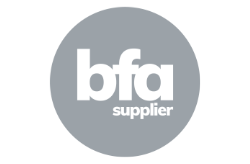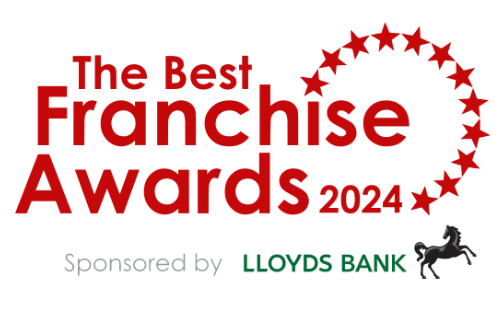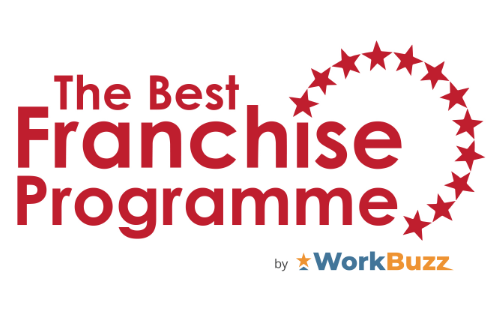There is more than a grain of truth to the expression ‘a kitchen is the heart of the home’. Given that so much of British family life is conducted around it, it’s not surprising the room holds a special place in our hearts. A bespoke kitchen has to feature pretty high up the list for people’s most desired furnishings, which is what makes customised kitchen franchise In-toto such an interesting proposition.
As British franchises go, there aren’t many that have a richer heritage than In-toto.”It’s parent company, the ALNO Group, was first founded 85 years ago as the Wellman Kitchen Company by Hans-Dieter Wellmann in Pfullendorf, southern Germany. Currently, ALNO turns over around €450m under its own brand, of which 65% is domestic and 35% is exports to adjoining countries such as Belgium, France and Austria. ALNO”is part-owned by Whirlpool, with 30% of its publicly listed shares being owned by the American home appliances giant.
ALNO has built up an impressive profile”on the international stage but the British”wing – and In-toto – appeared on the scene much more recently. “We have traded in the United Kingdom as ALNO since 1974,” explains Jonathon Wagstaff, managing director of ALNO UK. “The In-toto piece”of the jigsaw started in 1980.”
Essentially, ALNO has three principle routes to market in the UK. “The largest for”us in terms of revenue share is what we call”the ‘direct-to-developer’, where we as the manufacturer are dealing with Barclays, Barrett, Taylor Wimpy, Redrow – the major house-builders in the UK,” says Wagstaff. Second comes selling their products to independent stockists, whether they be in”the DIY marketplace or kitchen specialists. And finally comes the branded In-toto franchises, which have formed the core of”a very solid model that has thrived through”its fair share of tough times.
“We rode the recessions like a lot of other businesses,” comments Wagstaff. “We prevailed in terms of the recession of the late”80s, which was a challenge to those in home improvements.” They saw off two further lulls, both in the mid-90s and once more during the recent recession, building up to their current portfolio of 48 locations and 42 franchisees.

Josh Russell
When he isn't tooling around on trains in a tux like the Daniel Craig of the Greater Anglia transport system, Russell spends his time living the glamourous life of an enterprise journalist, judging Digital Business of the Year at the National Business Awards and attending conferences like NixonMcInnes' Meaning 2013. However, like all good secret agents, Russell lives a double life - in his case, as a closet revolutionary. Social enterprise, sustainable business and collaborative practices are his true passions, something that he has had plenty of opportunity to air in his features here at Elite Franchise.

Josh Russell
When he isn't tooling around on trains in a tux like the Daniel Craig of the Greater Anglia transport system, Russell spends his time living the glamourous life of an enterprise journalist, judging Digital Business of the Year at the National Business Awards and attending conferences like NixonMcInnes' Meaning 2013. However, like all good secret agents, Russell lives a double life - in his case, as a closet revolutionary. Social enterprise, sustainable business and collaborative practices are his true passions, something that he has had plenty of opportunity to air in his features here at Elite Franchise.
































